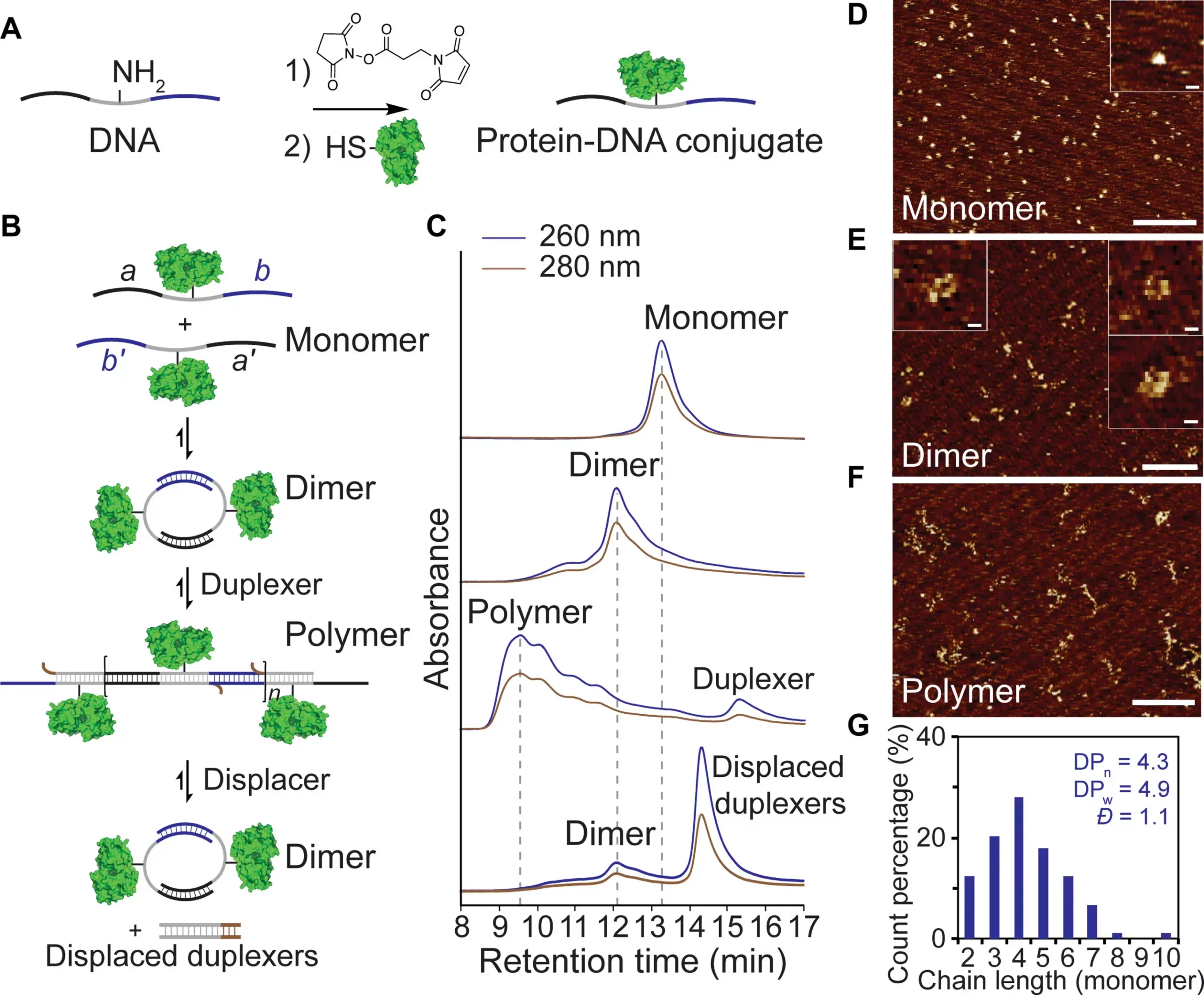DNA, often referred to as the blueprint of life, has now found a new purpose in material science. Northwestern investigators led by Chad Mirkin have uncovered the potential of manipulating DNA chemistry to create innovative materials with applications in medicine and the life sciences. In a study published in Science Advances, the team demonstrated how altering the structure and flexibility of DNA can lead to the development of new biomaterials with unique properties. This groundbreaking research opens up a realm of possibilities for the design and synthesis of materials that can revolutionize various industries.
Traditionally, DNA has been viewed solely as the carrier of genetic information. However, the study conducted by Mirkin and his team highlights the structural capabilities of DNA as a programmable element for creating reversible bonding interactions at the nanoscale. By strategically designing DNA systems, researchers can manipulate the architecture of DNA to achieve different shapes, flexibilities, and reactivities. This shift in perspective from DNA’s genetic role to its structural potential is crucial in enabling the development of novel materials with diverse applications.
One of the key findings of the study was the impact of chemical design on DNA flexibility. By introducing unpaired DNA bases into the sequence, the researchers were able to enhance the flexibility of DNA strands, allowing them to form circular structures. This ability to toggle between circular and linear forms of DNA opens up new possibilities for creating materials with varying characteristics. The introduction of complementary DNA strands further demonstrated the reversible nature of this process, underscoring the potential for dynamic polymer and nanoscale material construction.
Applications in Material Science and Nanotechnology
The implications of this research extend beyond theoretical concepts, with practical applications in material science and nanotechnology. The ability to use DNA as a programmable building block for constructing dynamic materials such as fibers, gels, plastics, and colloidal crystals heralds a new era of material design. By leveraging the unique properties of DNA, researchers can synthesize tailor-made materials with specific functionalities, paving the way for personalized medicine, advanced drug delivery systems, and cutting-edge nanotechnologies.
Future Directions and Collaborative Opportunities
As we delve deeper into the realm of DNA chemistry and its impact on material design, collaboration between interdisciplinary fields becomes increasingly important. The synergy between biology, chemistry, physics, and engineering can unlock new possibilities for material synthesis and application. By harnessing the power of DNA as a versatile building block, researchers can push the boundaries of material science and create solutions to complex challenges in healthcare, energy, and environmental sustainability.
The manipulation of DNA chemistry represents a paradigm shift in material design, offering unprecedented opportunities for innovation and discovery. The synergy between biological systems and synthetic materials opens up a new frontier in scientific exploration, where the boundaries between nature and technology blur. As we continue to unlock the secrets of DNA at the molecular level, the potential for creating revolutionary materials that enhance human health and well-being is limitless.


Leave a Reply